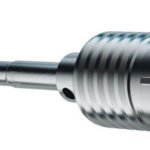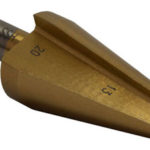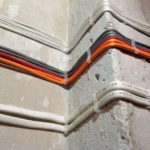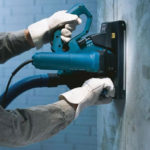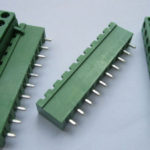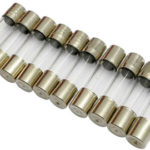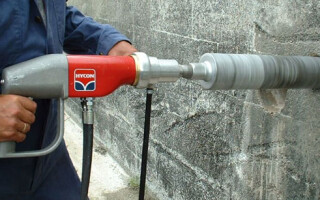A crown for concrete is needed for drilling holes and grooves for various purposes. The right choice of drilling tools will ensure high quality work and durability of crowns.
Content
Purpose and classification
Crowns for concrete are inserted into the chuck of a perforator or are intended for a drill. They are used for drilling concrete, asphalt, granite and other hard materials. With this tool, you can make holes of different diameters in both industrial and domestic scales. Crowns for drilling concrete allow you to quickly and efficiently perform work, providing high accuracy and reliability.
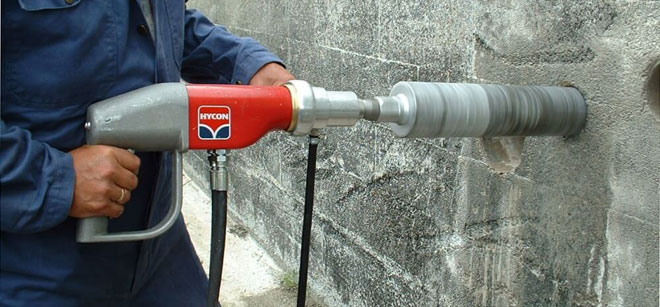
The dimensions, width and dimensions of crowns for concrete depend on the purpose of use. The shape of the product is a hollow cylinder, in the center of which a drill is installed. It acts as a centering element to make the tool easier to use.The bowls are made of highly durable metal alloys that can withstand high temperatures and prolonged impact.
The top of the cylinder is closed, there is only a fastener. And below is placed the cutting part in the form of teeth, evenly distributed around the circumference of the cylinder. The crown diameter determines the size of the hole.
The main types of crowns
This tool is distinguished depending on the material of manufacture of the cutting tooth. This element determines the service life of the product, how quickly and efficiently the work will be done. Crowns for concrete are of the following types:
- hard-alloy crowns from Pobedit;
- diamond;
- with tungsten carbide coating.
victorious
The first type of tool is most often used to solve everyday problems. It has the lowest cost while maintaining the highest quality. However, this type of product cannot be used when working on reinforced concrete. Otherwise, when in contact with metal bars, there is a high probability that the teeth will break.
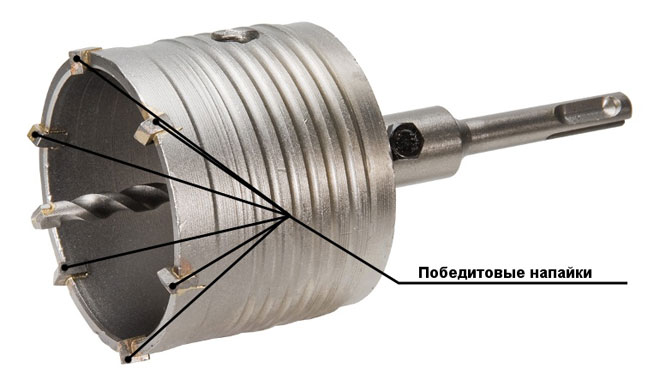
A large selection of sizes allows you to choose a crown for any need. The diameter of the products is from 35 to 120 mm. The resource of the cutting teeth is reduced due to the intense shock load.
Tungsten carbide option
The tungsten carbide crown, unlike diamond and pobedit, allows you to make holes not only in brick or concrete, but also in tiles. Thanks to this, you can significantly save time, because there is no need to constantly change several crowns.
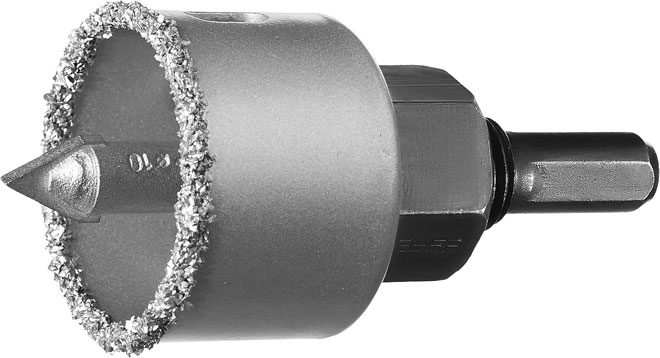
The use of this product requires that the power of the power tool be 0.8 kW or more.The tungsten carbide tool breaks if chosen for reinforced concrete work. It is incompatible with rebars.
Diamond crowns
Drill bits with diamond coating are used when working with hard surfaces. They easily cope not only with concrete, but also with reinforced concrete. Short-term work with metal fittings is also allowed. This device is a cylinder with soldered cutting segments on which diamond abrasive is applied.
The diameter of the product for household work is in the range of 25-130 mm, and for industrial use it can reach 600 mm. This type of tool has a high cost. The price depends on the wall thickness and the length of the cutting edge. Diamond spraying allows you to make holes in hard surfaces without impact. The advantages of this technology include the following:
- work is not as noisy as when using the impact drilling method;
- less dust gets into the air;
- chips and cracks do not form on the surface of the processed material;
- low recoil of the drilling tool makes it more convenient and easier to work with it;
- holes are correct.
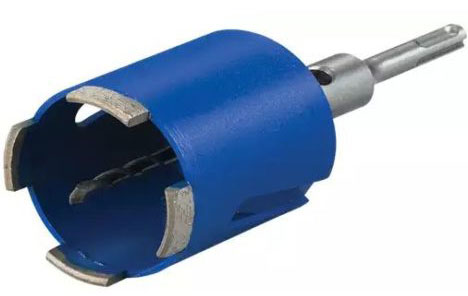
Diamond crowns are divided according to the following parameters:
- diameter;
- cylinder length;
- type of cutting segments;
- drive connection design;
- method of use;
- the way the drive mechanism works.
Depending on the size, diamond products require protection against overheating. Drilling can be dry or wet. In the first case, the cooling system is not used. This method is suitable for shallow holes in structures of any type and shape.
Wet drilling involves a continuous supply of water in an amount that is determined by the diameter of the tool. Often this is indicated in the instructions. If there is too much liquid, the advance in depth will be inhibited. When there is little water, the cutting part overheats and wears out quickly.
Features of the use of crowns for concrete
It is necessary to understand how to use a crown for concrete in order to extend its life and get a hole of the desired shape. Diamond and carbide drill bits with a diameter of 68 mm are in demand, as they are used in the installation of electrical installations.
When performing work, the following features should be taken into account:
- perform drilling only in those places where it is required by the "Electrical Installation Rules";
- after drilling, the concrete that remains inside is removed with a chisel and a hammer or a puncher with a special spatula.
If carbide products are used, breaks must be taken to allow the tool to cool down. Otherwise, it will wear out quickly. The same rule applies to diamond-coated tools when the workpiece diameter requires a wet cooling system, but this is not technically possible.
If large diameter crowns (100 mm or more) are used, the following must be remembered:
- excessive pressure should not be applied to the cutting tool, as this will lead to its overheating and breakage;
- when working on reinforced concrete, wet cooling cannot be used;
- it is necessary to check the reliability of fixing the product in the chuck of the power tool;
- All work must be carried out using personal protective equipment.
The drilling process is carried out as follows:
- if there is a drill in the center, it is applied to the middle of the future hole;
- when it is not there, the tool is applied to the surface with all the teeth at once;
- you can not put pressure on the tool until the entire bowl is deep enough to move stably in a given direction;
- to remove dust, use special anthers or a vacuum cleaner;
- if you plan to make a deep hole, you must periodically stop and allow the tool to cool down;
- concrete remains inside only when the hole is made through.
Working with crowns is not particularly difficult. The main thing is to observe safety precautions and the rules for using the tool.
Similar articles:
